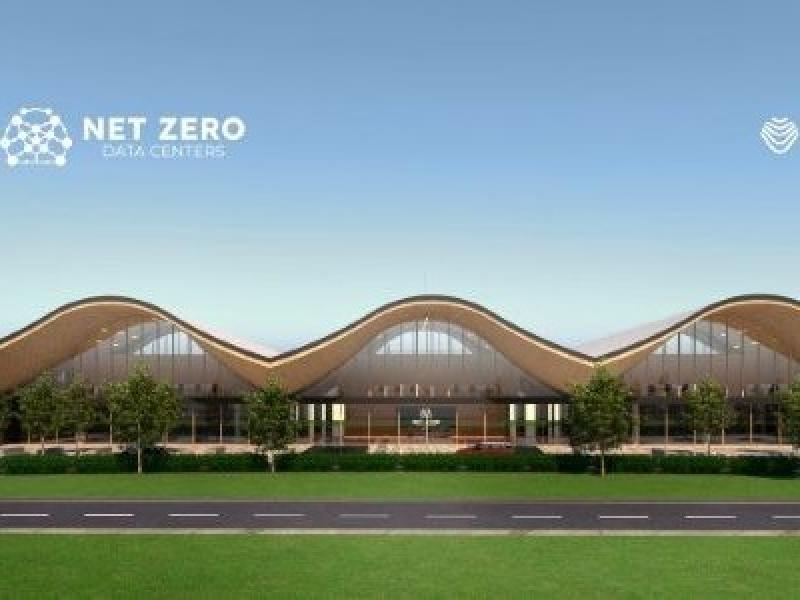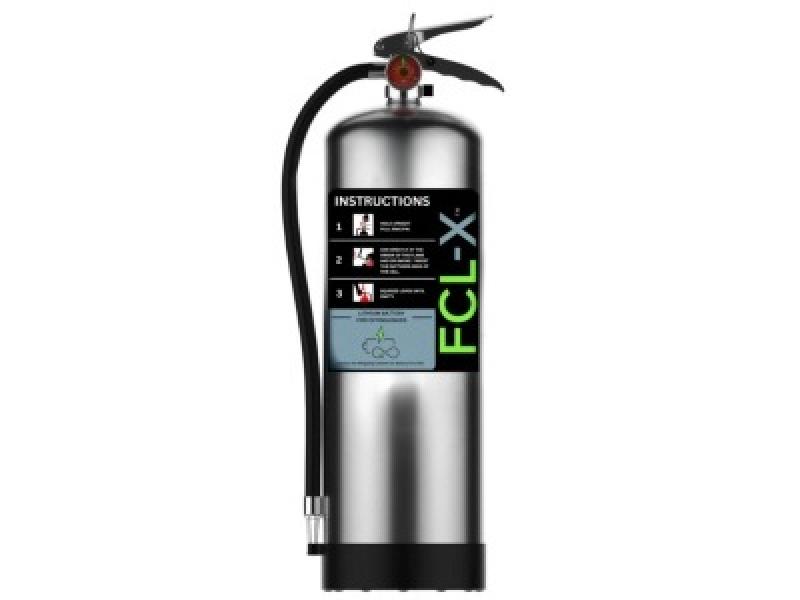Standing desks, natural light and noise cancelling diodes are all part of a make-over that is turning CBRE Limited offices across Canada into some of the country’s most advanced workplaces.
 In the last two years, the real estate services and investment firm has applied the WELL Building Certification to three of its six Canadian offices. The most recent to get a make-over is the company’s Canadian headquarters in downtown Toronto.
In the last two years, the real estate services and investment firm has applied the WELL Building Certification to three of its six Canadian offices. The most recent to get a make-over is the company’s Canadian headquarters in downtown Toronto.
The WELL certification is the first building standard to focus exclusively on the health and wellness of people in the workplace.
Lisa Fulford-Roy, CBRE’s managing director of workplace strategy for Toronto East, said for the first time in her 24-year career she feels like the market is putting people at the centre of the discussion.
“We’re building spaces for people and we’re impacting an individual’s experience for 70 per cent of their existence, which is how much people work,” Fulford-Roy said.
“So that ability to really create spaces that are not only highly functional settings that help people do their best work, but designing a workplace that really is trying to give you more energy throughout the day and benefit your overall well-being is pretty exciting.”
Every employee is within 25 metres of natural light
While the redesigned office has brought many changes, Fulford-Roy said the one element that employees have particularly noticed is the standing desks.
“It’s so personal in your immediate work area and the ability to change positions throughout the course of the day, or to have that ability to have that choice, has a lot to do with employee satisfaction,” she said.
Other changes include natural light within 25 metres of every employee and filtered water within 30 metres.
A lighting system automatically adjusts to brighten or dim based on the natural sunlight level outside.
Noise cancellation diodes are used to reduce background noise, which studies have shown to be a leading cause of stress and distraction for office workers.
Employees are encouraged to stop eating at their desks and come to a central cafe for lunch in order to take a break from their screens and connect with colleagues.
The HVAC system is in the top one per cent of offices globally
In fact, connecting with others is an important principle of the WELL model. Both the Toronto and Vancouver offices have internal stairs to not only promote vertical circulation, but to ensure employees meet each other more often.
Fulford-Roy notes a number of studies show good mental health is associated with the ability to connect with others, and that 60 per cent of the day should be spent intermingling with other people.
“That ability to feel a connection at work, to perhaps have a friend at work, has a lot to do with the retention of staff and also just general well being.”
The Toronto office also has an HVAC system that creates air quality that CBRE says is in the top one per cent of offices globally and better than most homes.
In the more densely occupied areas, the system automatically pumps in fresh air from outside when increased levels of carbon dioxide are detected. That helps keep employees alert and refreshed.
Clients should know ahead of time if they want to certify for WELL
Fulford-Roy doesn’t believe they’d do anything differently in introducing WELL to its other buildings. She points out that CBREs Los Angeles office was the first to bring it in and helped pilot the certification, so a lot of the lessons learned came from there.
She does recommend clients understand the systems in a building and determine whether they want to certify for WELL in advance of making any lease decisions.
“The building itself could be more beneficial and aligned to certification. The less aligned it is, the more costs there will be associated with compliance,” she noted.
Some of the planning considerations include the requirements for individuals to be near natural light and hydration stations. “Those are some considerations that restrict how you might otherwise plan in a building,” Fulford-Roy said.
“I don’t think it’s something that’s difficult to overcome, but having a little bit more time in the planning of the space is probably a consideration others should build into their schedule.”
Fulford-Roy said they still need to make the return-on-investment on the business case in terms of use and budget allocation. But she added, “If we can meet the business needs and also benefit and create a transformational experience for employees day-over-day, that to me is pretty exciting.”







